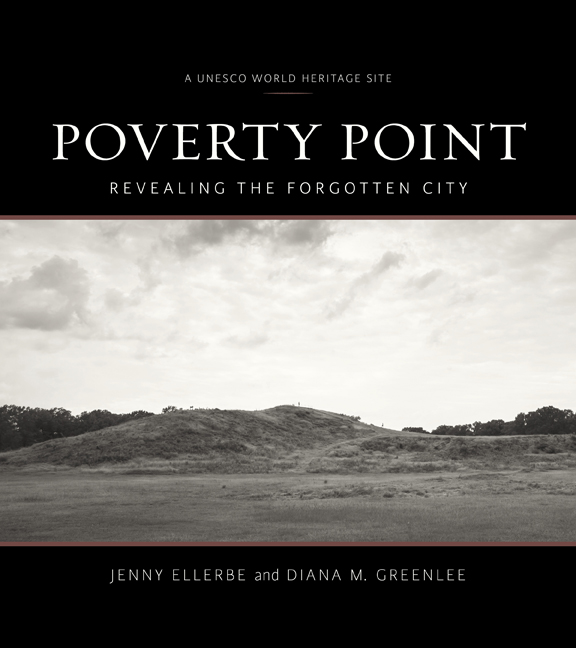An image taken from the book of the walkway leading up a Poverty Point mound. Courtesy Jenny Ellerbe
New book highlights a mysterious Louisiana settlement that dates back thousands of years
Last June, the United States got its 22nd UNESCO World Heritage site and Louisiana got its first: the strange, ancient mounds of Poverty Point State Historical Site in northeast Louisiana. The site is intriguing for its historical significance: The mysterious mounds and crescent-shaped ridges date back as far as 1700 B.C. and seem to indicate a complex, permanent society in a region that was once thought to consist only of nomadic tribes.
 Jenny Ellerbe, a self-taught photographer from Monroe, spent several years documenting not just the mounds at Poverty Point, but more than 30 such sites scattered around northeast Louisiana that weren’t so well preserved. Her gorgeous black-and-white images have appeared in photography exhibits before. But now, many of the images specific to the newest UNESCO site have been gathered in a new book published by LSU Press this month, Poverty Point: Revealing the Forgotten City.
Jenny Ellerbe, a self-taught photographer from Monroe, spent several years documenting not just the mounds at Poverty Point, but more than 30 such sites scattered around northeast Louisiana that weren’t so well preserved. Her gorgeous black-and-white images have appeared in photography exhibits before. But now, many of the images specific to the newest UNESCO site have been gathered in a new book published by LSU Press this month, Poverty Point: Revealing the Forgotten City.
Ellerbe’s images and commentary appear alongside informative passages from Diana M. Greenlee, station archaeologist at Poverty Point and a professor at the University of Louisiana at Monroe.








